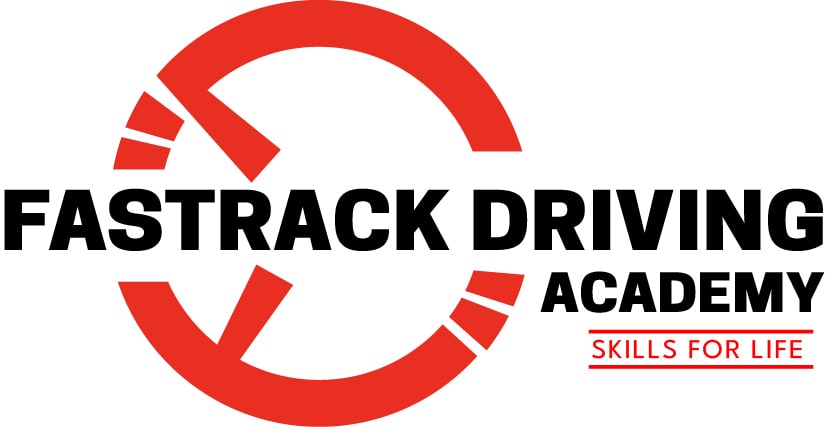The trucking industry is constantly evolving with advancements in technology, shifting regulatory landscapes, and changing consumer demands. For truck drivers, staying informed about these trends is crucial to navigating the future of the industry successfully. Here are the key trends every driver should know:
1. Automation and Autonomous Trucks
Automation is transforming trucking, with autonomous trucks becoming an increasingly significant part of the conversation. Companies are investing heavily in self-driving technology to improve safety, reduce costs, and combat driver shortages. While fully autonomous trucks are not yet widespread, many fleets are integrating semi-autonomous features such as lane-keeping assist, collision warning, and automatic braking. Drivers may need to become familiar with these systems to operate them safely.
2. Electric Trucks
As the demand for environmentally friendly practices grows, electric trucks are emerging as a key trend. These zero-emission vehicles promise to reduce the carbon footprint of the trucking industry. Major manufacturers are already releasing electric truck models, and more are expected in the coming years. Drivers will need to adapt to the unique challenges of electric trucks, such as longer refueling times and range limitations, as the infrastructure for charging stations expands.
3. Telematics and Data-Driven Insights
Telematics systems are providing drivers and fleet managers with more data than ever before. These systems track vehicle performance, driver behavior, fuel consumption, and maintenance needs. By leveraging data analytics, trucking companies can improve efficiency, safety, and cost-effectiveness. For drivers, this means more detailed feedback on their driving habits and performance, which can be used to improve their skills and earn bonuses for safe driving.
4. E-commerce Growth and Last-Mile Delivery
The rise of e-commerce has drastically changed the trucking landscape. Consumers demand faster delivery times, leading to an increased need for last-mile delivery services. Drivers may find themselves navigating urban areas more frequently, delivering goods directly to homes or businesses. This trend is pushing companies to rethink their routes, delivery methods, and even the types of trucks used for local deliveries, requiring drivers to adapt to new responsibilities and challenges.
5. Regulatory Changes and Safety Standards
Regulations governing trucking continue to evolve, especially concerning driver safety and environmental standards. The introduction of electronic logging devices (ELDs) has already made a significant impact on how hours of service are monitored. Upcoming regulations could focus on stricter emission standards, safety requirements, and even minimum wage regulations for drivers. Staying up-to-date on regulatory changes is essential for drivers to ensure compliance and avoid penalties.
6. Driver Shortages and Retention Efforts
The trucking industry is facing a significant driver shortage, which is leading companies to explore better retention strategies. Higher wages, improved working conditions, and better benefits are being offered to attract and retain drivers. Additionally, some companies are offering more flexible work schedules or opportunities for career advancement. Drivers should take note of these shifts and consider opportunities that improve their quality of life on the road.
7. Advanced Driver Assistance Systems (ADAS)
Advanced driver assistance systems are becoming increasingly common in commercial trucks. These include features such as automatic emergency braking, adaptive cruise control, and lane departure warnings. While these systems are designed to improve safety, they also require drivers to be vigilant and understand how to use the systems effectively. ADAS may become standard in most trucks in the near future, making it vital for drivers to stay trained and informed.
8. Fuel Efficiency and Sustainability
With fuel prices fluctuating and environmental concerns rising, fuel efficiency continues to be a priority. Trucking companies are investing in more fuel-efficient vehicles and adopting eco-friendly practices. For drivers, this trend may mean using more efficient driving techniques, such as reducing idling time, maintaining optimal tire pressure, and adjusting speed to conserve fuel. Staying informed about sustainability practices will help drivers not only reduce costs but also contribute to a greener industry.
9. Truck Driver Health and Wellness
The physical and mental well-being of truck drivers is receiving more attention. Prolonged time on the road can lead to health issues such as obesity, stress, and poor sleep. In response, trucking companies are beginning to implement wellness programs, offering health screenings, exercise opportunities, and mental health support for drivers. Drivers should take advantage of these programs and focus on maintaining their health to ensure a long and successful career.
Conclusion
The trucking industry is undergoing significant transformations, from the rise of automation and electric trucks to evolving regulations and changing consumer demands. By staying informed about these trends and adapting to new technologies and practices, drivers can continue to thrive in this evolving industry. Embracing change and continuously upgrading skills will not only enhance safety and efficiency but also improve job satisfaction and career longevity for truck drivers in the years to come.

































